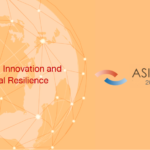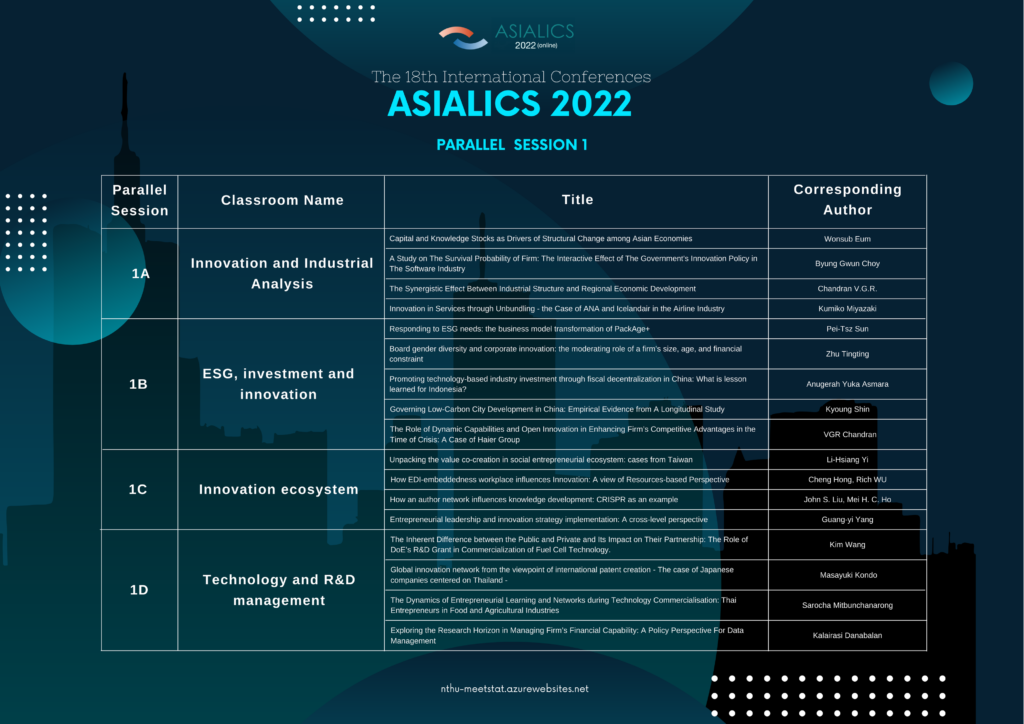Outline:
1.Terms Explanation
Region: how to demarcate a specific “region” for the studies
SES (Social-Ecological Systems): the concept of a region
Social innovation: how/why should it work in the society?
2. Exemplar: ADEZN (Association for the Development of the North Zone)
Introduction: the background triggers for social innovation
Methodology: the analytical framework of the research
Resolution: social innovation, bottom-linked governance
Outcome: lessons from the case, key factors for success
3. Conclusion
Argument: the necessity of transformative social innovation in (rural) regions
Compare & Contrast: Qalang Smangus(司馬庫斯) in Jianshi, Hsinchu
Application: a possible research subject based on this essay
Links: ADEZN-https://www.facebook.com/ZEEZN.CR
Qalang Smangus- https://www.smangus.org/
Brief Introduction of Smangus
Located in Jianshi Township, Hsinchu County, Qalang Smangus is an Atayal(泰雅) tribe in the deep mountain in Taiwan, with an altitude of about 1,600 meters, also known as the “God’s Tribe.” There was no electricity supply until 1979, and the road to the outside world was opened at the end of 1995. Tourism was developed because of the discovery of the old growth trees, and now it has become an important sightseeing spot. In recent years, the self-government method of “shared-property” has been successfully implemented in the tribe. People spent many years discussing and communicating the future of the tribe, and finally determined the direction of the co-management of lands and the tribe. In 2004, the “Tnunan-Smangus” organization (Smangus for land sharing) was finally established.

Huei-tsz Hsu
A Research Fellow in Rural Development and Revitalization



